Description
The Gadigal people of the Eora nation are the traditional custodians of the land on which the Art Gallery of NSW is located.
Established in 1871, the Gallery is proud to present fine international and Australian art in one of the most beautiful art museums in the world. We aim to be a place of experience and inspiration, through our collection, exhibitions, programs and research. Admission to the Gallery is free, as are our permanent galleries and most exhibitions and events.
PROGRAM AND FACILITIES:
One of the most popular art museums in Australia, visited by over 1 million people annually, the Gallery is far more than just a destination for looking at pictures. It’s also a place to enjoy lectures and symposia, films, music and performances, meet friends for a meal or coffee in the cafe or restaurant, or browse in the Gallery Shop. the range of access programs and education programs is aimed at engaging diverse audiences with different needs.
ACCESSIBILITY:
The Art Gallery of NSW is committed to providing access to the collections and exhibitions for all audiences, including people with disability.
All areas of the Gallery (except parts of the research library and archive) are physically accessible, and the access programs create opportunities for focused encounters with art through visual, auditory and tactile, or sensory experiences.
There are four free dedicated accessible parking spaces: two on-street spaces at the front of the Gallery and two off-street spaces at the rear.
Please note you are not able to book any accessible parking spaces in advance.
Next to the Gallery, the Domain Car Park has accessible lifts and there is a bitumen path from its nearest lift to the Gallery’s rear access entrance.
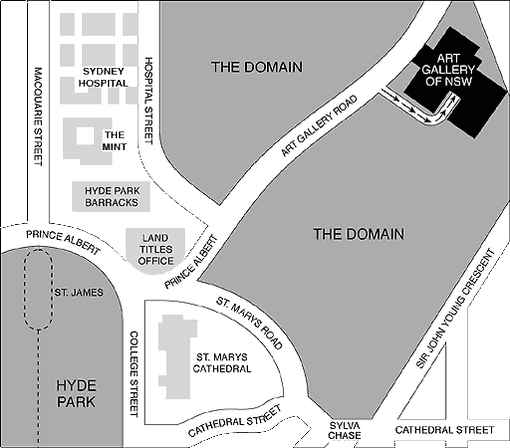
The Gallery’s accessible rear entrance is shown on this map, along with surrounding streets and landmarks
ENTRANCE AND EXIT:
Front: The main entrance, at the front of the Gallery, is via two short flights of stairs: nine steps outside and two in the vestibule inside. A permanent access ramp – on the left as you face the building – provides an alternative to the external stairs. Another ramp is positioned on the inside stairs and a Gallery staff member is available for assistance if required.
Rear: Another access entrance/exit is provided at the rear of the building. This is reached via the service road on the southern side of the building, leading to security gates. Press the intercom for access. From here, entrance is via a ramp into lower level 1.
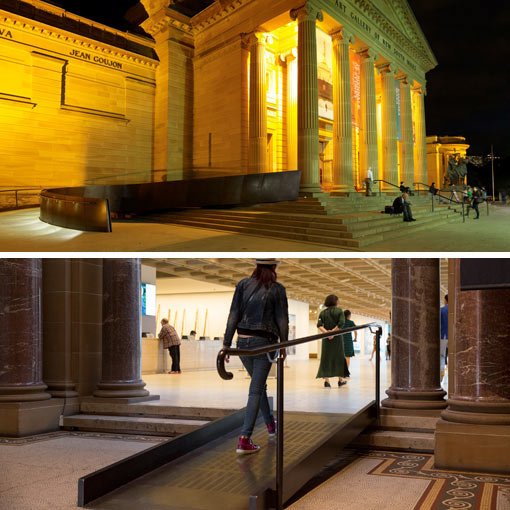
From top: Front of the Gallery showing external access ramp; internal access ramp over the stairs between the vestibule and the entrance court
CONTACT FOR ASSISTANCE
If you require assisted entry or to enter at the rear, they recommend you contact the Gallery before arrival: tel 02 9225 1775
Inside the Gallery, if you require further assistance, see staff at the ticketing and information desk or any of the uniformed Gallery officers.
INSIDE THE BUILDING:
Except for the research library and archive, all public areas inside the building can be accessed by ramps and two lifts (as well as stairs and elevators).
See the floorplan for accessible directions to specific locations from the rear entrance. (Accessible directions from the front entrance will be added.)
Access to the library and archive for those who cannot use the stairs can be arranged with prior notice (preferably one working day): tel 02 9225 1738.
The Domain Theatre and Centenary Auditorium have seating spaces designed for wheelchairs.
Wheelchair-accessible toilets are located on the upper level, lower level 1 and lower level 3.
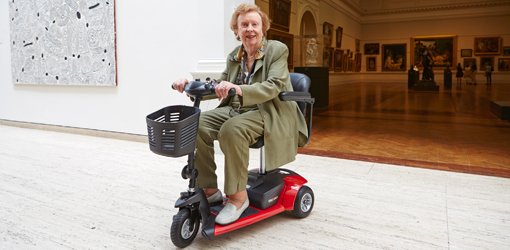
Mobility scooters are available free at the Gallery
WHEELCHAIRS AND MOBILITY SCOOTERS AVAILABLE
They have wheelchairs and mobility scooters available for use within the Gallery without charge. Wheelchairs are located behind the ground floor ticketing and information desk and rear Gallery entrance.
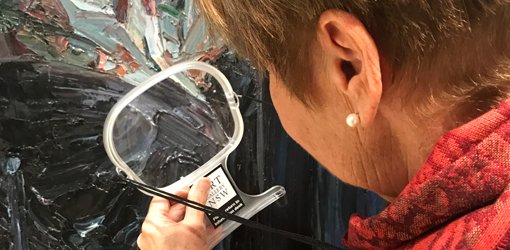
Magnifying lenses are available to assist people with low vision
AIDS FOR PEOPLE WITH LOW VISION
They have handheld magnifying lenses available for use within the Gallery without charge from the ticketing and information desk and exhibition entrance desks. You’ll be asked for some form of ID.
Large-print booklets are available within the exhibition spaces for ticketed exhibitions and some other displays.
ASSISTED LISTENING SYSTEM
An audio-induction loop is available in the Domain Theatre and Centenary Auditorium.
A portable FM-transmitter system is available for all guided tours on request at the ticketing and information desk.
CARERS WITH COMPANION CARDS
General entry to the Gallery is free to all visitors. However, where entry fees are charged for major temporary exhibitions, a carer or person who supports a visitor with disability or frailty is admitted free on presentation of a companion card.




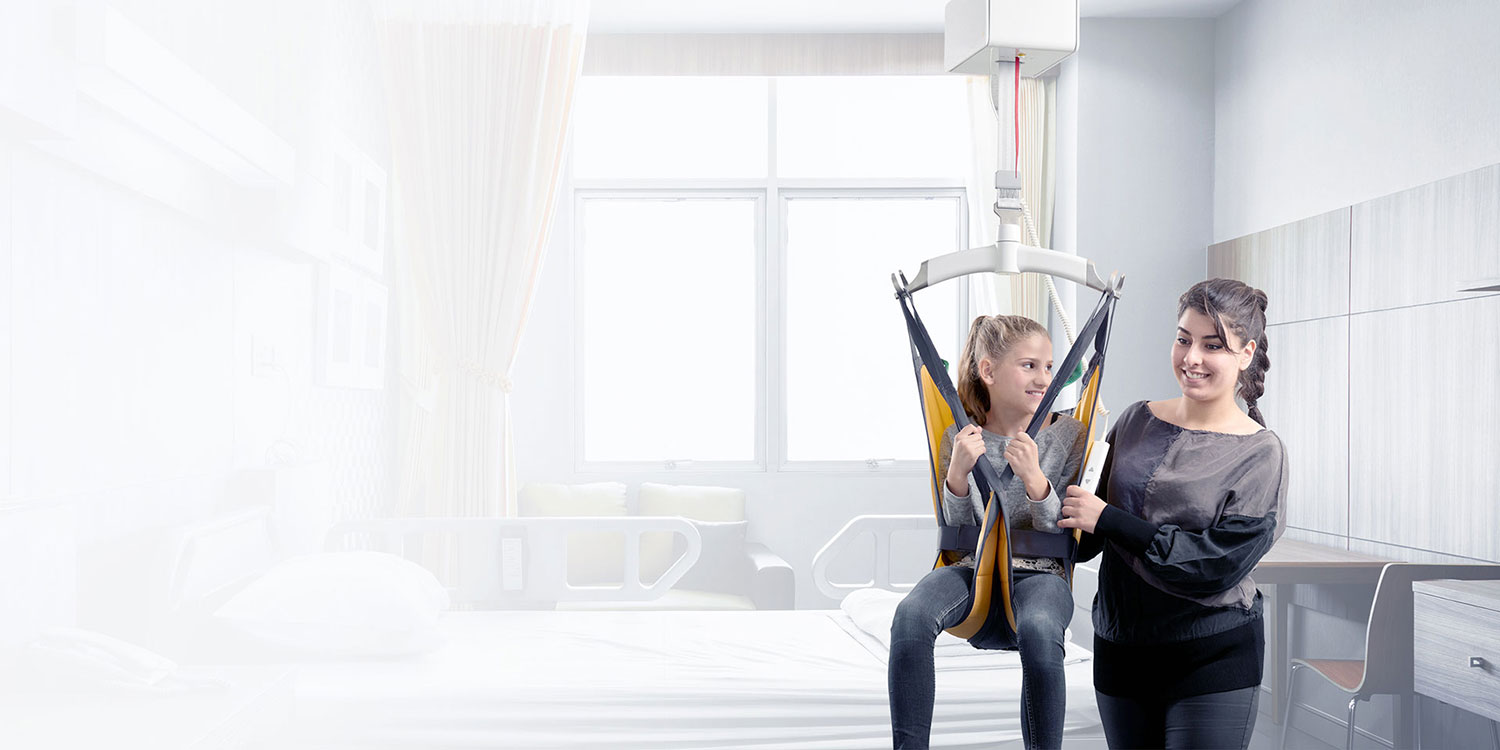
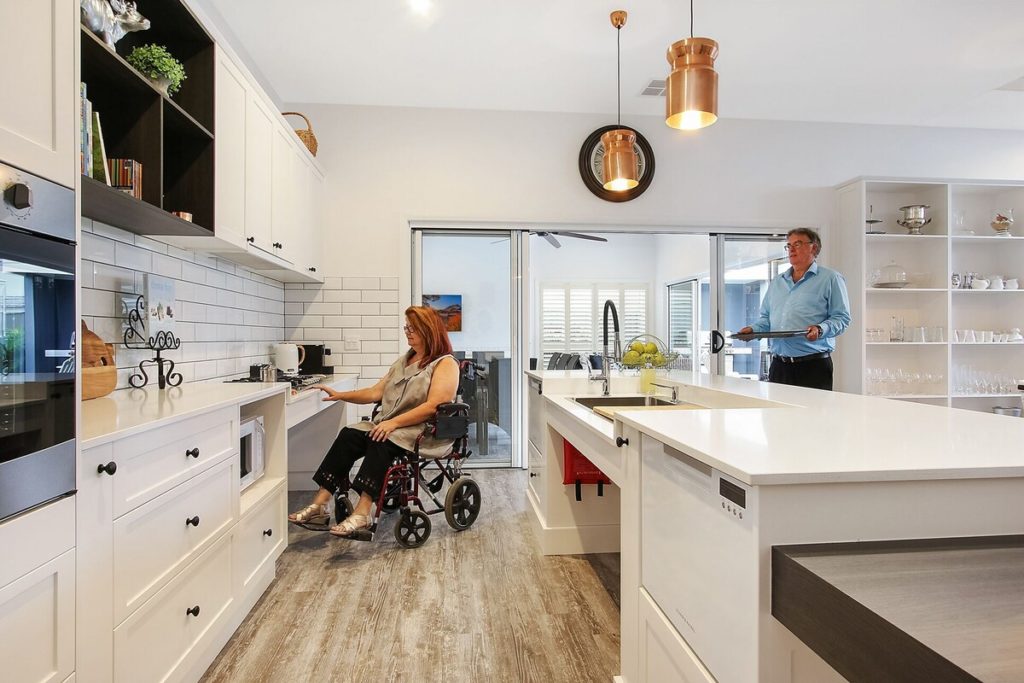
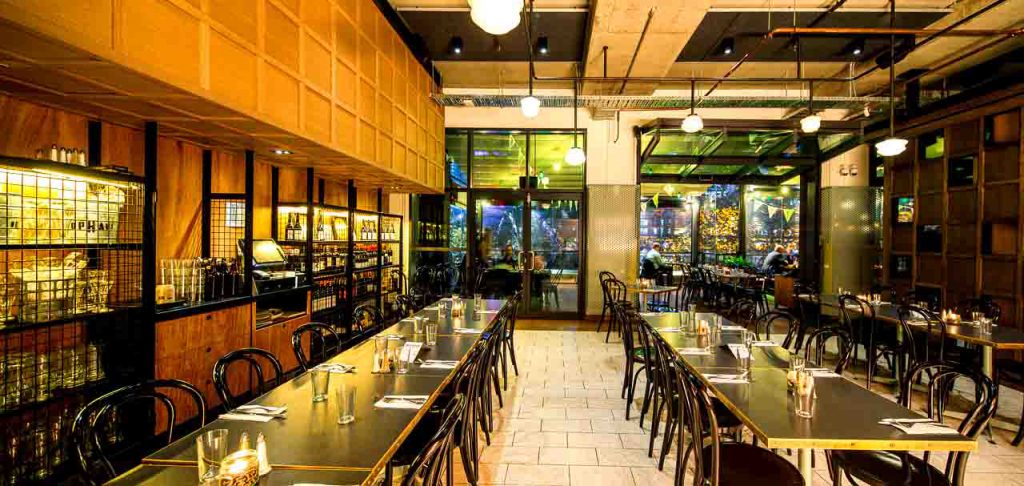
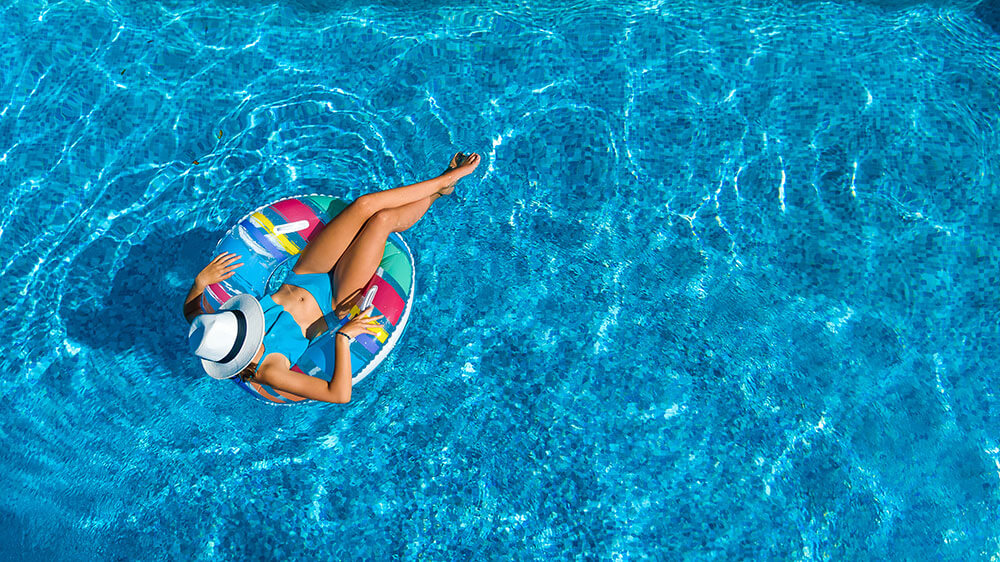




There are no reviews yet.